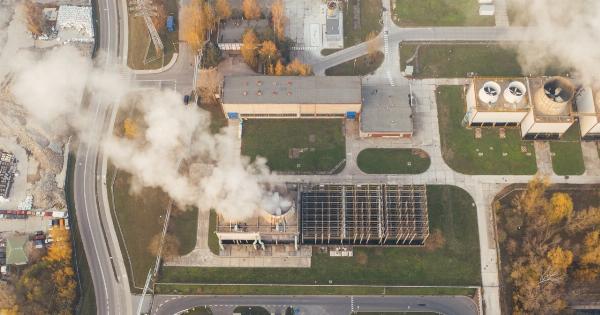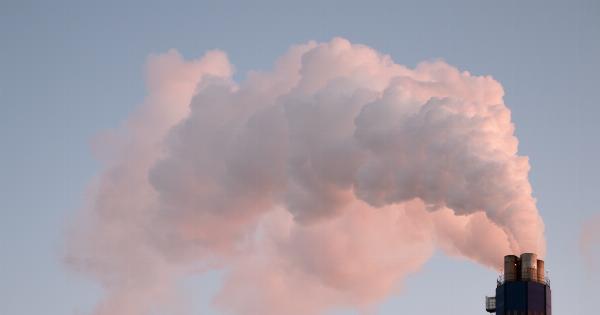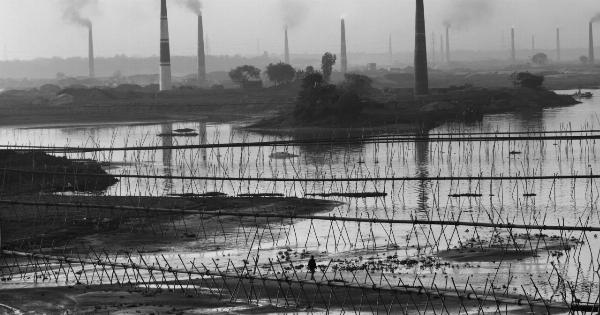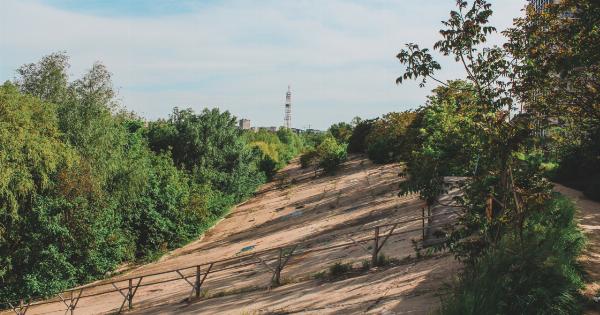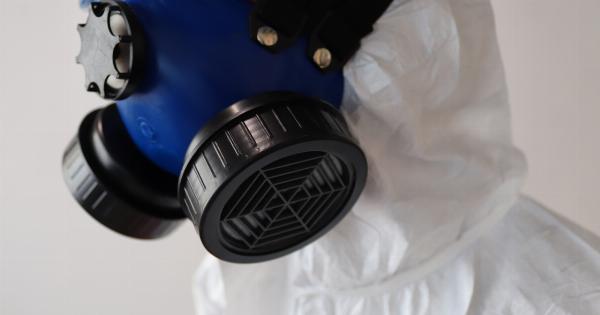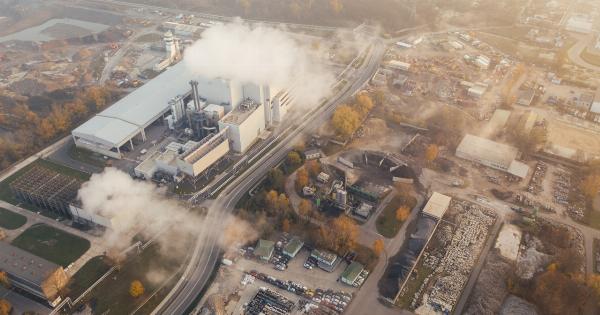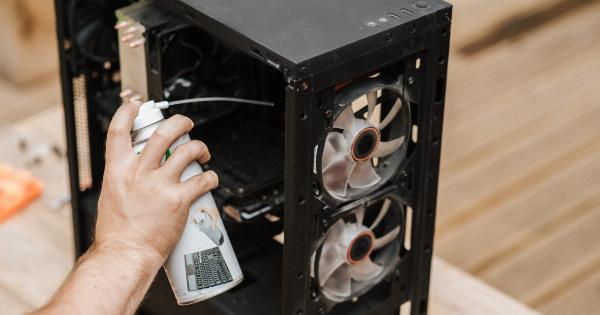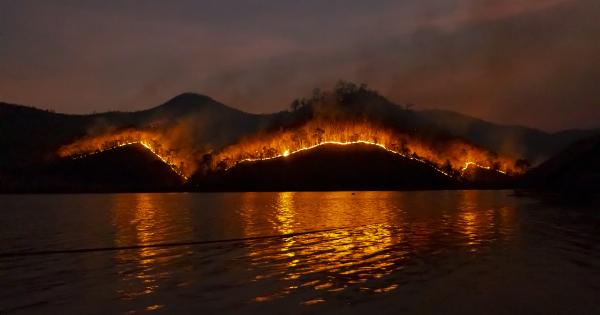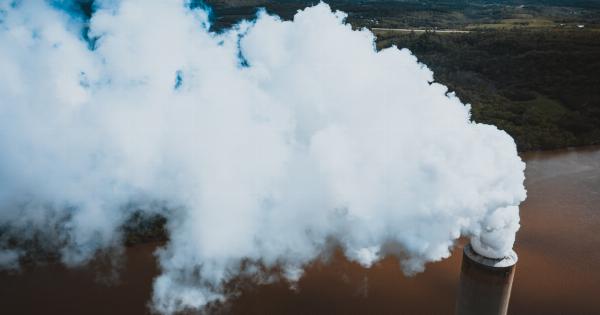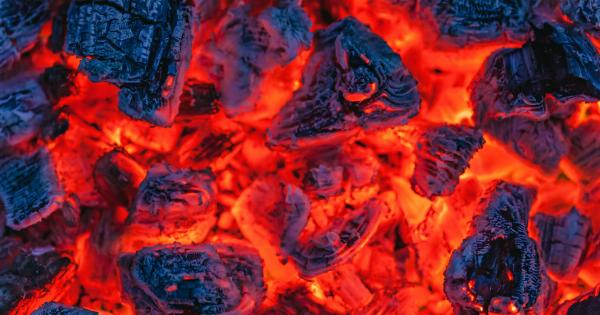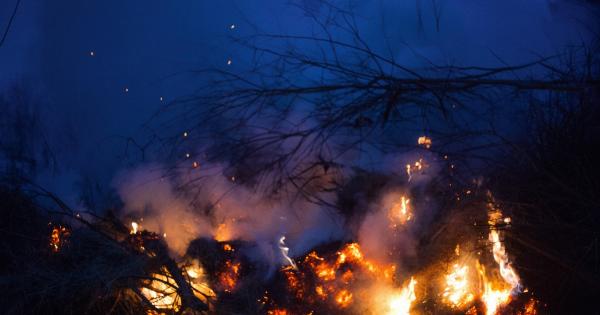The arrival of Spring brings with it many joys – warm weather, longer days, and beautiful flowers. For some people, though, Spring also brings allergic reactions that can make the season less enjoyable.
Those allergic reactions are caused by the same particles that make our air dirty – pollutants.
What are Allergies?
Allergies are a reaction by the immune system to a foreign substance that is not typically harmful to most people. When the immune system overreacts to this substance, it causes an allergic reaction.
What Causes Spring Allergies?
Spring allergies are often caused by pollen from trees, grasses or weeds. When these plants begin to bloom, they release pollen into the air. Pollen is a fine powder that can travel through the air and enter our eyes, nose, and lungs.
For people who are allergic to it, pollen triggers an allergic reaction.
How Pollution Aggravates Allergies?
Pollution is also a trigger for allergic reactions. Pollutants such as particulate matter, nitrogen dioxide, and ozone can increase the severity of allergic reactions and make symptoms worse.
These pollutants can be found in the air we breathe, both indoors and outdoors.
Particulate Matter
Particulate matter is a type of pollution that is made up of tiny particles that are smaller than 10 micrometers in diameter. These particles are often the result of burning fossil fuels, and they can be found in the air we breathe.
When pollen particles become attached to the particulate matter, it makes the pollen more aggravating to people who are allergic to it.
Nitrogen Dioxide
Nitrogen dioxide is a gas that is found in the air we breathe. It is produced by cars, trucks, and other vehicles that burn fossil fuels. Nitrogen dioxide can irritate the respiratory system and make allergy symptoms worse.
When nitrogen dioxide combines with pollen, it can cause an allergic reaction.
Ozone
Ozone is a gas that is found in the Earth’s atmosphere. It is created when pollutants react with sunlight. Ozone can irritate the respiratory system and make allergy symptoms worse. When ozone combines with pollen, it can cause an allergic reaction.
Air Pollution Increases Allergy Prevalence
Air pollution is also linked to an increase in allergy prevalence. Research has shown that high levels of air pollution are associated with an increase in the number of people who suffer from allergies.
This makes the Spring season, when pollen levels are high, especially problematic.
What Can Help Reduce Allergies?
To reduce the impact of pollution on allergies during Spring, people can:.
- Avoid outdoor activities during high pollution days
- Use a HEPA filter in their home or workspace
- Keep windows closed during peak pollen times
- Wash clothes and bedding frequently to remove pollen particles
- Wear a mask outdoors
Conclusion
Pollution is an aggravating factor for seasonal allergies in Spring. By taking the necessary precautions and following some simple tips, people can reduce the impact of pollution on their allergies and enjoy the beautiful season.

